5 Scientific Legacy of World War I
On the 100th anniversary of the war, Ned Lebow explores the more surprising advances that came out of the conflict.
Blood transfusions
Early attempts to transfuse blood into humans often proved fatal because of an immune response that destroys red blood cells. In 1901, Karl Landsteiner of Austria discovered that humans had different blood groups and in 1907, the Czech Jan Janský identified four distinct groups. The first transfusion of stored blood was performed in 1914 by Belgian physician Albert Hustin. British surgeon Geoffrey Keynes would later devise a portable machine to preserve blood which would facilitate battlefield transfusions, while it was an American physician, Oswald Hope Robertson, who created the first blood bank in France during the war.
These transfusions required blood collection and typing, storage and accurate matching of blood type from donor to patient. Doing this helped forge new links between civil servants and the medical profession that would prove essential for later developments such as the National Health Service.
Mass manufacturing
The war made huge demands on production and distribution. Weapons and supplies had to be produced in vast quantities. By 1916 the second largest concentration of British nationals outside London was the British Expeditionary Force in France. Keeping these forces fed, clothed and supplied required new railways, warehouses, barracks, hospitals, and roads. Just 1.5km of trench required 1,450km of barbed wire, six million sandbags, 28,320m3 of timber, and 33,445m2 of corrugated iron. Production and distribution need labour, and this was increasingly supplied by women. As for science specifically, in 1914 Britain imported most of its scientific equipment from Germany. It now had to manufacture its own and draw on native scientific knowledge. All this helped to professionalise science and encourage science education, and led to the creation of numerous state and public scientific institutions.
General Relativity
For the most part the conflict stifled scientific progress, but in one case the thirst for knowledge overcame the war. Britain had banned the circulation of German scientific literature, which infuriated Arthur Eddington, the chief astronomer at the University of Cambridge. This was because he had noticed that the orbit of Mercury varied much less than Newton’s laws suggested and suspected Einstein’s theory of General Relativity held the answer.
One of its key ideas is that space is shaped by mass, which provided an explanation of Mercury’s anomalous orbit. Eddington realised that he could prove Einstein’s contention that light waves are deflected by mass by taking pictures of stars during the solar eclipse of May 1919. He overcame the anti-German sentiment of the Royal Society to gain funding for an expedition to the West African island of Príncipe, where the eclipse would be total. Photographs that Eddington analysed provided the first observational confirmation of Einstein’s theory.
Aviation
Early aeroplanes were handicapped by the weight of their engines, which had steel radiators and water for cooling. In 1908, French engineers invented the rotary engine, which had spinning, air-cooled cylinders. Aircraft engines in 1914 produced a measly 50hp, but the output was soon greatly improved by British, French and German engine manufacturers competing for aerial supremacy. For example, the Rolls-Royce Eagle and Falcon were the first in a famous line of engines. The Mark VII had 375hp, powering the Vimy heavy bomber that John Alcock and Arthur Whitten Brown flew across the Atlantic in June 1919. Better wings were also developed to exploit the power of these new engines. At the Institute for Theoretical Physics at the University of Göttingen, Ludwig Prandtl did pioneering work on aerofoils, drag and the lift properties of wings. Using a wind tunnel, Prandtl pioneered the science of aerodynamics and created the ‘thick wing’ that gave fighter planes the ability to climb at much steeper angles without stalling. Better aircraft needed better control systems and navigation. Early groundto- air signalling used flags and lamps. But in 1916, technicians in San Diego sent a radio message 225km (140 miles), and then messages between planes. By 1917, the US Army had two-way radios on its fighter planes in France.
Sanitary Towels
Public health had improved greatly during the 19th Century, and World War I witnessed further improvements with the development of the sanitary towel. Where women had traditionally used washable underwear or rags, French nurses on the frontline were the first to employ the newly invented cellulose material that was used for wartime bandages. British and American nurses soon adopted the same practice, as did many women in uniform. In 1920, US company Kimberly-Clark began to produce ‘cellucotton’ sanitary towels commercially under the brand name Kotex (cotton plus texture). (Source BBC)








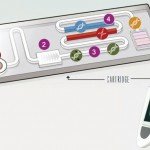


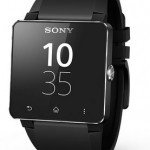

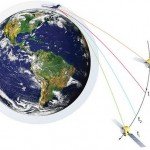
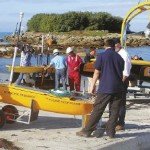

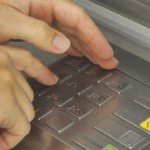

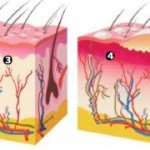
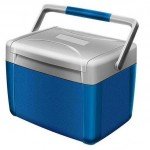

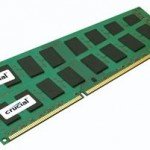
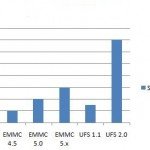
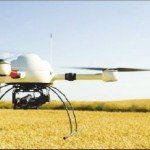








Hello, I enjoy reading all of your article. I like to write a little comment to support you.